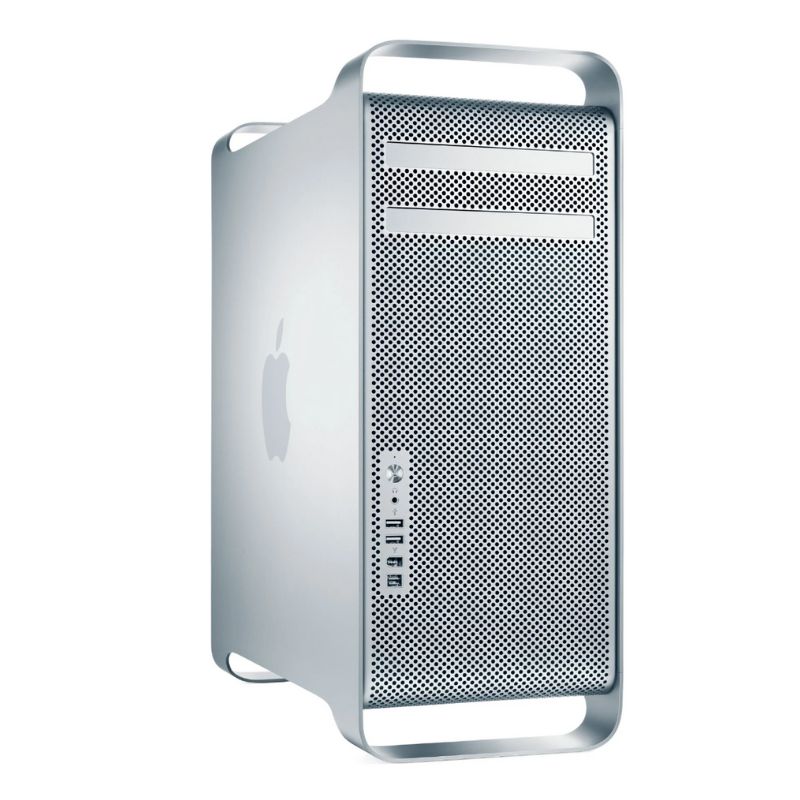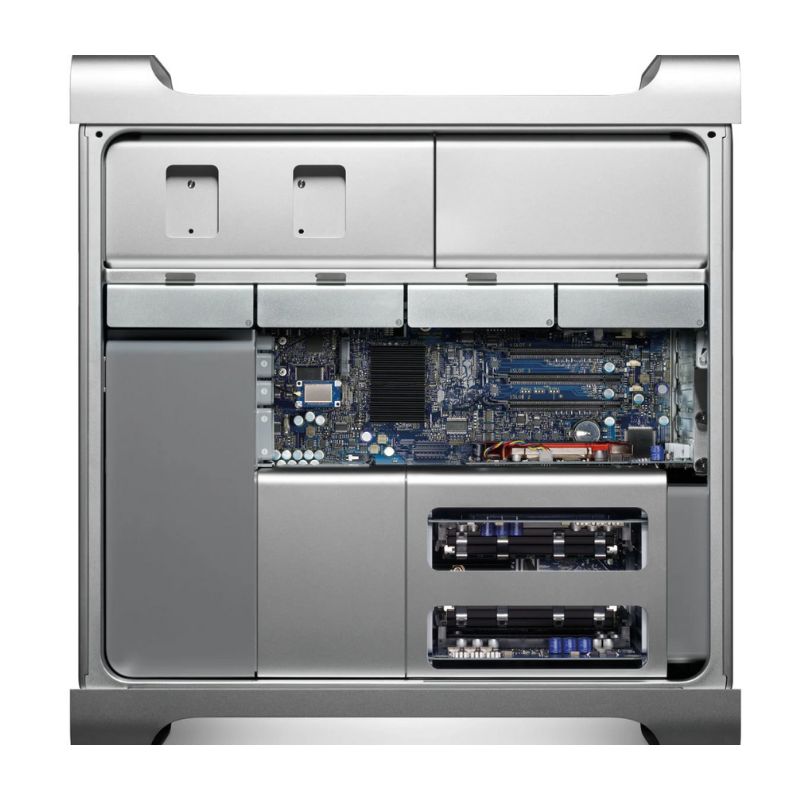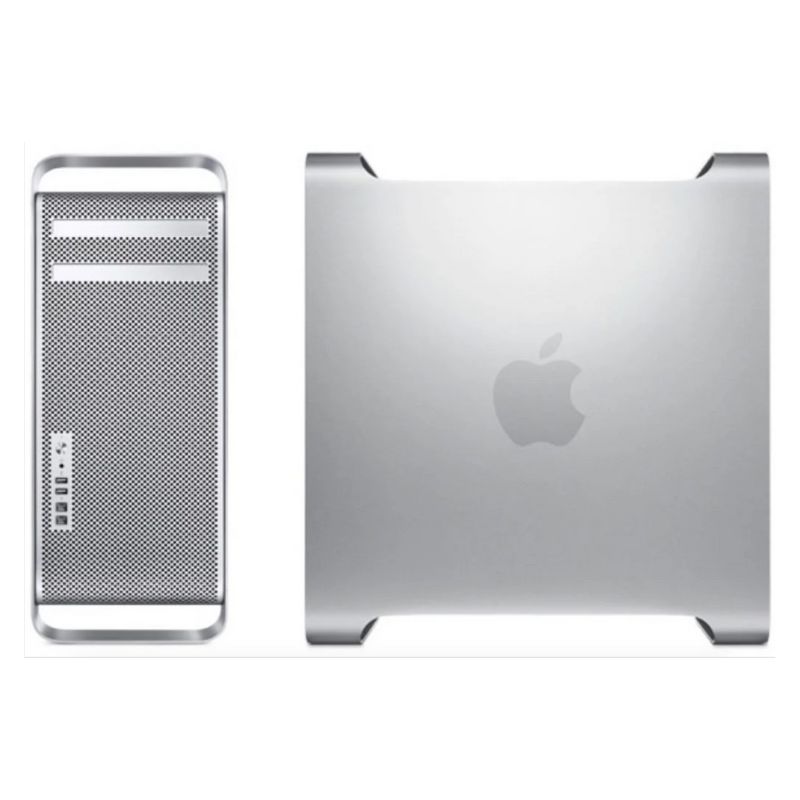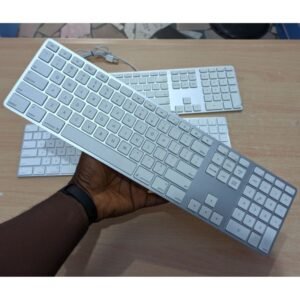Computer
Apple Mac Pro Tower
Key Features
-Mac Pro 2010
-12 core 2.66 Ghz
-1GB Graphic card
-32 GB Ram DDR 3
-1TB WD SSD drive new
₨ 95,000
The Mac Pro “Mid-2010” tower, also known as the Mac Pro 5,1 (or sometimes unofficially as a “cheesegrater” Mac Pro), is a legendary machine in Apple’s history. The 12-core 2.66 GHz configuration was a powerhouse in its day, and due to its remarkable expandability and upgradability, it remains a surprisingly capable and sought-after machine for specific tasks even today.
Key Specifications of the Mac Pro “Mid-2010” (12-Core 2.66 GHz)
- Model Identifier: MacPro5,1
- Processors: The 12-core 2.66 GHz model came with two 2.66 GHz 6-Core Intel Xeon X5650 (Westmere) processors. This gave it a total of 12 physical cores and 24 threads (due to Hyper-Threading). The processors also featured a Turbo Boost capability, allowing them to reach up to 3.06 GHz when a single core was under load.
- Architecture: It was built on a 64-bit architecture with a QuickPath Interconnect (QPI) system, a significant improvement over previous models, enabling faster access to the system’s I/O and subsystems.
- RAM (Memory):
- 32 Gb DDr-3 Ram Is Incredible for Audio & Video Production
- Storage:
- 1 Tb SSd Storage for Your All Typs of Files, Documents, Audio Video Data.
- Graphics:
- The 1 Gb graphic card ATI Radeon HD 5770 with 1 GB of GDDR5 memory. This card had two Mini DisplayPorts and one dual-link DVI port.
- Upgradability: This is another major selling point. The Mac Pro 2010 has four PCI Express 2.0 slots, allowing for the installation of a wide range of modern, “Metal”-compatible graphics cards. Upgrading the GPU is a common practice to keep this machine relevant for modern creative applications and operating systems.
- Connectivity:
- Ports: It came with five USB 2.0 ports, four FireWire 800 ports, and two Gigabit Ethernet ports.
- Wireless: Standard features included Wi-Fi (802.11n) and Bluetooth 2.1+EDR.
- Operating System: The Mac Pro 2010 originally shipped with Mac OS X 10.6.4 Snow Leopard. However, with a GPU that supports Metal, it can be upgraded to run macOS High Sierra (10.13) and even newer operating systems with the help of community-developed patchers.
Why is the Mac Pro 2010 Still Relevant?
Despite being over a decade old, the Mac Pro 2010 tower remains a viable option for many professional users for several key reasons:
- Upgradability: The “cheesegrater” design allows for easy access to almost all internal components. Users can upgrade the processors, graphics card, RAM, and storage, giving it a much longer lifespan than modern, sealed-case computers.
- Performance per Dollar: A fully upgraded Mac Pro 2010 can offer a significant amount of multi-core processing power and RAM for a fraction of the cost of a new Mac Pro.
- Legacy Support: For professionals who rely on older software or hardware that is not compatible with modern macOS versions or Apple Silicon Macs, the Mac Pro 2010 is an essential machine.
- PCIe Expansion: The four PCIe slots are invaluable for professionals who need to use specialized expansion cards, such as high-speed storage controllers, audio interfaces (like a Pro Tools HD card), or video capture cards.
Based on 0 reviews
Be the first to review “Apple Mac Pro Tower”
You must be logged in to post a review.




There are no reviews yet.